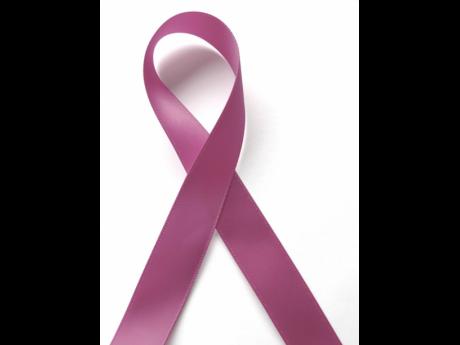Have no fear: Do a mammogram today
Obtaining a mammogram can be a daunting experience for many women. No matter your level of personal experience or familiarity with the examination, when it comes time to face the breast-squeezing machine, some level of fear is present.
For many women, this fear is due to a variety of reasons, including fear of the unknown, if it is their first mammogram, fear of the pain related to the examination, fear of radiation exposure, and the ultimate fear of the examination being abnormal.
No matter the reason, fear is an ever-present companion for women obtaining a mammogram. However, Dr Lucien Jones, medical doctor and family physician, said a mammogram is the best method to detect breast cancer early for women. “Mammography is your best defence against breast cancer because it can detect the disease in its early stages, often before you or your doctor can feel it during a breast examination,” Jones said.
A mammogram is a low-dose imaging system used to examine breast tissue. It can help doctors detect abnormalities, like lumps that are too small to be felt, and research has shown that annual mammograms can help detect cancer earlier, when it is most treatable.
“It is uncomfortable and the reality is that it can be painful. Many women do not like to have their breasts squeezed by the machine. However, it also depends on where you go to have the mammogram screening done. There is now a digital screening test that is less painful,” he added.
Jones indicated that compressing the breast tissue is absolutely crucial to the success of the examination. “Without adequate breast compression, a subtle cancer will be virtually invisible on the mammogram. Every woman has a different pain threshold; however, the more compression you can tolerate, the better the images are for the radiologist to evaluate for cancer,” Jones said.
Some women cite fear of radiation exposure; however, Jones said the exposure from a screening mammogram examination is quite small and comparable to other sources of radiation commonly encountered in everyday life.
“The risk of developing cancer from radiation exposure is theoretical and minuscule at best compared with the risk of missing a developing cancer by not obtaining regular mammograms. Do not let the fear of a theoretical risk of radiation-induced cancer keep you from screening for breast cancer,” Jones said.
Women, he said, should also practise self-examination at least once every month and, depending on their family history, a routine mammogram should be conducted once per year. “It should be routine for all women. Once you find something like a small marble that you can move around, investigate it. That is why it is important for doctors to have good relationships with their patients, so that they can communicate their concerns with them,” Jones said.
Average risk women should have a mammogram every year beginning at age 40. No specific end age is recommended; however, the patient’s overall health should be considered to decide when screening mammography should be stopped.
“No one wants to find out they have cancer. But the reality is obtaining the mammogram that may reveal cancer will not change the fact that cancer is present. The hope is that breast cancer is not present, but if it is, the goal is to catch it at its earliest stages when it is most treatable,” he said.


